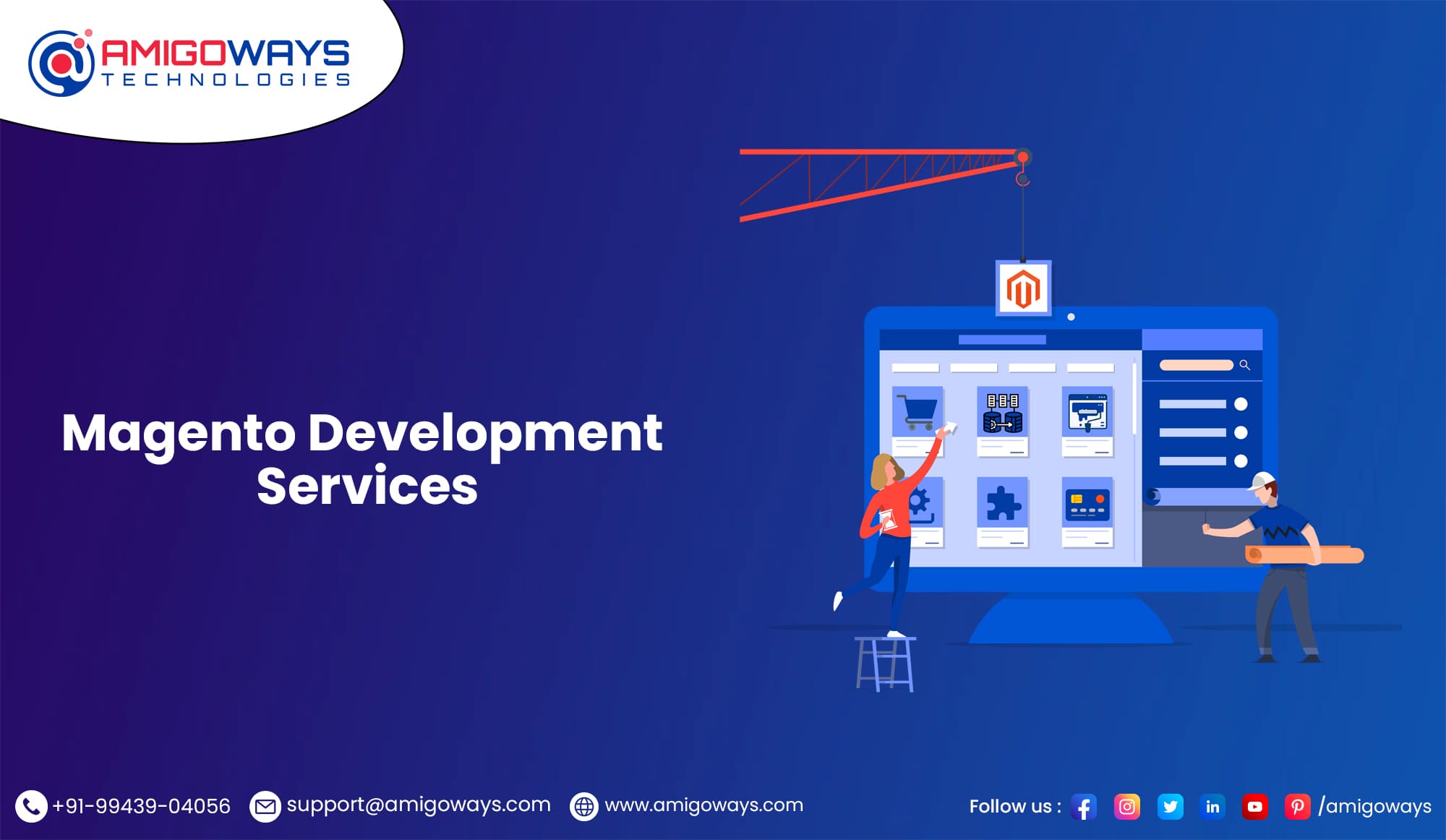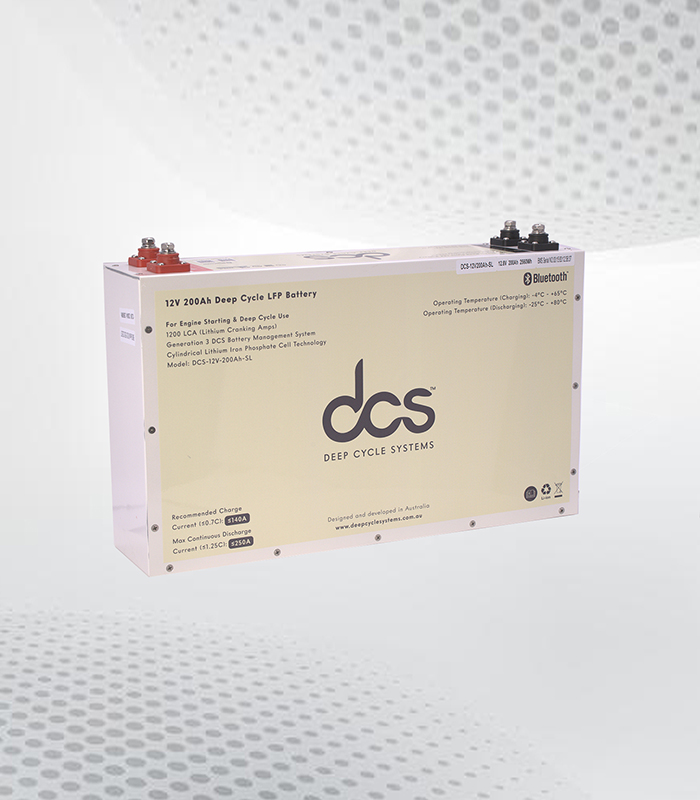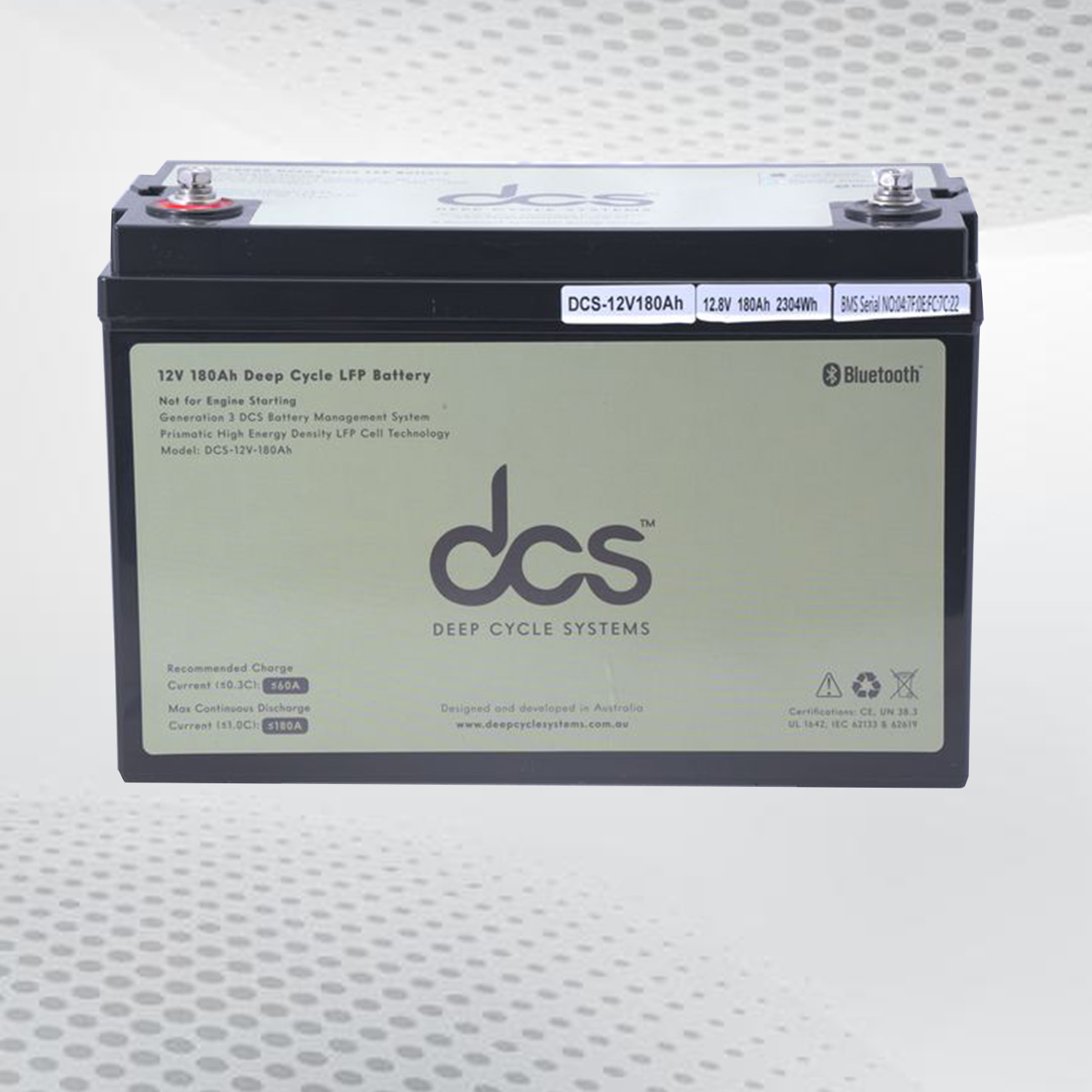As solar energy becomes increasingly popular and accessible, more and more people are turning to solar power as a sustainable and cost-effective source of electricity. One essential component of any solar power system is the solar controller, which acts as the “brain” of the system by regulating energy flow from the solar panels to the battery. With numerous market options, choosing the suitable solar controller for your needs can be overwhelming. This comprehensive guide will break down everything you need to know about choosing a solar controller 12V MPPT and help you make an informed decision for your specific setup.
Understanding The Basics: What Is MPPT?
MPPT stands for Maximum Power Point Tracking. It’s a crucial technology in solar energy systems. MPPT’s primary function is to maximize the power output from solar panels. Solar radiation fluctuates throughout the day, impacting how much energy your panels can generate. An MPPT controller constantly adjusts its settings to capture the highest possible amount of that energy.
Think of it as a smart control system. It monitors voltage and current levels from the solar array and optimizes them for maximum efficiency. This process allows you to harness more power than traditional controllers would provide. With an MPPT controller, even small changes in sunlight won’t go wasted. This means better performance under various conditions, such as cloudy weather or partial shade. The result? More electricity for your needs without extra effort on your part!
Benefits of Using A 12V MPPT Solar Controller
Choosing a suitable solar controller can significantly impact your solar system’s efficiency. A 12V MPPT (Maximum Power Point Tracking) solar controller stands out for its benefits. Here’s why:
Maximized Energy Harvesting
MPPT technology optimizes the energy harvested from solar panels, converting more sunlight into usable electricity compared to PWM (Pulse Width Modulation) controllers.
Increased Charging Efficiency
MPPT controllers improve charging efficiency by adjusting the voltage to match the optimal power point of the solar panels, leading to faster battery charging.
Enhanced Battery Life
By maintaining the ideal charging voltage, MPPT controllers reduce battery stress and extend battery life, ensuring a more reliable energy storage solution.
Greater Flexibility in System Design
MPPT controllers allow for a wider range of input voltages, providing flexibility in choosing solar panel configurations and optimizing system performance.
Improved Performance in Low Light Conditions
MPPT technology performs better in low light or partial shading conditions, ensuring consistent power generation throughout the day.
Reduced Energy Losses
MPPT controllers minimize energy losses by efficiently converting excess voltage into usable power, maximizing overall system efficiency.
Advanced Features and Monitoring
Many MPPT controllers offer advanced features such as remote monitoring, automatic system diagnostics, and programmable settings, enhancing overall system control and management.
The Ultimate Guide to Selecting the Best MPPT Solar Controller 12V for Your Needs
When selecting a solar controller, especially a 12V MPPT (Maximum Power Point Tracking) model, it’s crucial to understand your energy needs and system specifications. MPPT controllers are designed to optimize the energy harvested from solar panels by adjusting the electrical operating point to the maximum power available. This type of controller is highly efficient and can convert excess voltage from solar panels into additional current, maximizing energy production. Ensure the MPPT controller matches your solar panel voltage and battery specifications for optimal performance.
In choosing the right MPPT solar-controller 12V for your setup, consider features such as charge regulation, compatibility with various battery types, and built-in safety protections. The Ultimate Guide to Selecting the Best MPPT Solar Controller 12V for Your Needs emphasizes the importance of these factors in making an informed decision. A well-selected MPPT controller will enhance your solar system’s efficiency and ensure long-term reliability and performance.
Factors to Consider When Choosing a Solar Controller
Choosing the right solar controller requires careful thought. First, assess your power needs. This includes understanding how much energy your system will generate and consume daily. Next, consider compatibility with existing hardware. Ensure that your selected solar controller can integrate seamlessly with your solar panels and battery types. Efficiency is another crucial factor. Look for a model that maximizes energy conversion to minimize losses during charging.
Don’t remember features like monitoring capabilities and user-friendly interfaces. These aspects can enhance usability and provide real-time insights into performance. Also, consider warranty options and customer support availability. A solid warranty can safeguard your investment, while reliable support ensures assistance when needed.
Top Features to Look For In A 12V MPPT Solar Controller
Several key features should stand out when selecting a 12V MPPT solar controller. First, look for high-efficiency ratings. A good controller maximizes the energy harvest from your solar panels. Next, consider the input voltage range. This flexibility ensures compatibility with various solar setups and panel configurations while preventing system failures. Another essential feature is built-in protection mechanisms. Over-voltage, over-current, and short-circuit protections safeguard the controller and your batteries from damage.
User-friendly interfaces can significantly enhance your experience. Look for models that offer clear displays or mobile app connectivity to monitor performance easily. Check if the controller supports remote access capabilities. This allows you to monitor and adjust settings without being physically present at the installation site. These elements contribute to a more efficient and reliable solar power system.
How to Choose the Perfect Solar Controller 12 Volt: Key Factors and Tips
When selecting the ideal solar controller for your 12V system, it’s essential to consider several key factors to ensure optimal performance and efficiency. The primary types of solar controllers are PWM (Pulse Width Modulation) and MPPT (Maximum Power Point Tracking). MPPT controllers are generally more efficient, especially in systems where solar panels are not performing at their peak capacity. Additionally, the size and capacity of the controller must match your solar array and battery bank. Ensure the controller can handle the maximum current and voltage produced by your solar panels, and check for features such as overcharge protection and temperature compensation to enhance battery longevity.
When choosing a solar controller 12 volt, it’s crucial to match the controller’s specifications with your system requirements. Consider factors such as the maximum input voltage and current and compatibility with different types of batteries. Look for additional features like remote monitoring capabilities and programmable settings that allow you to tailor the controller to your specific needs. By evaluating these factors carefully, you can select the perfect solar controller to maximize your system’s efficiency and reliability.
Setting Up and Maintaining Your 12V MPPT Solar Controller
Setting up your 12V MPPT solar controller is crucial for optimal performance. Begin by choosing a well-ventilated location free from dust and moisture. This ensures longevity and efficiency. Connect the solar panels to the controller, paying attention to polarity. A wrong connection can damage the system. Then, link the battery terminals carefully; ensure they are secure but not overly tight.
Regular maintenance is essential for sustained functionality. Check connections periodically for corrosion or looseness, which can lead to power losses. Keep an eye on temperature readings as well—extreme conditions may require setting adjustments. Update firmware when available to take advantage of improvements and fixes that enhance performance over time. A little effort goes a long way toward maximizing your solar investment’s potential.
Comparing Victron Solar Controllers: What You Need To Know Before Buying
When selecting a solar controller for your 12V system, choosing between PWM (Pulse Width Modulation) and MPPT (Maximum Power Point Tracking) technologies is crucial. MPPT controllers, such as those offered by leading manufacturers, are generally more efficient, converting up to 30% more power from your solar panels than PWM controllers. This efficiency makes MPPT controllers ideal for applications where maximizing energy harvest is critical. Look for features like high charge current, broad voltage input ranges, and advanced protection mechanisms to ensure reliable performance and durability.
Comparing Victron solar controllers reveals a range of high-quality options designed to meet diverse needs. Victron offers several MPPT models with unique features tailored for different system sizes and requirements. Before purchasing, consider factors such as compatibility with your solar panel configuration, ease of installation, and additional functionalities like Bluetooth monitoring. Evaluating these aspects will help you select the best Victron-solar controller that aligns with your specific needs, ensuring optimal performance and efficiency for your solar power system.
Installation Considerations
When installing a 12V MPPT solar controller, several key factors must be considered to ensure optimal performance and safety. Proper installation is crucial for maximizing the efficiency of your solar power system.
Location and Mounting
Choose a cool and well-ventilated location to avoid overheating. Securely mount the controller on a stable surface to prevent damage from vibrations or shocks.
Wiring and Connections
Use appropriately sized cables for the positive and negative connections to minimize energy loss. Ensure all connections are tight and secure to prevent shorts and corrosion.
Protection from Environmental Factors
If the controller will be exposed to moisture or extreme temperatures, install it in a weatherproof enclosure. This will protect it from damage and extend its lifespan.
Distance from the Battery
Position the controller close to the battery bank to reduce voltage drop and improve efficiency. However, ensure it is in a safe location away from heat sources.
Ventilation Needs
Ensure adequate airflow around the controller to dissipate heat generated during operation. Overheating can lead to reduced performance and potential failure.
Compliance with Manufacturer’s Guidelines
Follow the manufacturer’s installation instructions carefully to ensure compatibility and optimal performance. Deviating from these guidelines may void warranties.
System Integration and Testing
Integrate the controller with your existing solar system components and test the setup thoroughly before full-scale operation. This will help you identify and address any issues early.
Victron DC to DC Charger with MPPT: Why It’s the Ideal Upgrade for Your Solar System
When selecting a solar controller for your 12V system, it’s crucial to understand the benefits of MPPT (Maximum Power Point Tracking) technology. MPPT controllers are designed to optimize the energy harvested from solar panels, ensuring that you get the most out of your system, even in less-than-ideal conditions. These controllers adjust the voltage to maximize power output, which can significantly enhance the efficiency of your solar setup. When evaluating options, consider factors such as charge current, compatibility with your battery type, and additional features like monitoring capabilities.
One standout option in the market is the Victron DC to DC-Charger with MPPT. This device is an ideal upgrade for any solar system, offering advanced MPPT technology that ensures optimal energy conversion. The Victron DC to DC Charger with MPPT provides reliable performance, durability, and versatility, making it a top choice for those looking to improve their solar energy efficiency. Its integration into your system can lead to enhanced power output and a more robust and reliable solar setup.
Selecting the Right Size and Capacity
Size and capacity are crucial factors when selecting a solar controller. A mismatched controller can lead to inefficiencies or even system damage. First, determine your total power needs. Calculate the wattage of all connected devices. This will give you a clear picture of how much energy you’ll draw from your solar setup.
Next, consider the maximum input voltage from your solar panels. Your controller must handle this without overheating or failing. Always choose a model that exceeds your panel output for reliability. Additionally, think about future expansions. If you plan to add more panels later, selecting a controller with greater capacity now is wise. This saves you time and money down the line. Remember that quality matters, too; opt for reputable brands known for durability and performance in varying conditions.
Future-Proofing Your Solar System
When investing in a solar system, future-proofing is essential. Technology evolves rapidly, and what’s cutting-edge today may become obsolete tomorrow. Consider modular components that allow for easy upgrades. This way, you can replace or add parts without overhauling your system. Investing in high-quality products also pays off long-term. Look for brands with strong warranties and customer support, ensuring assistance when needed.
Another aspect of future-proofing involves scalability. Opt for a design that accommodates increased energy needs as your lifestyle changes or if you expand your home. Monitoring technology is crucial, too. Choose systems compatible with the latest apps and platforms to track performance easily—and adapt as new technologies emerge. Stay informed about industry trends. Engaging with online communities or attending workshops can keep you updated on advancements in solar technology and practices.
Conclusion
Choosing the right 12 Solar Controller 12v MPPT is essential for a reliable and efficient solar power system. By understanding the basics of MPPT technology, considering key features, and carefully assessing your needs, you can make an informed decision that meets your specific requirements. Regular maintenance and future-proofing strategies will ensure your system continues providing clean and sustainable energy for years. This comprehensive guide gives you all the information you need to select the best solar controller confidently. So why wait? Start harnessing the power of the sun today!
FAQ’s
What is the main advantage of using a Solar Controller 12v MPPT over PWM?
Solar Controller 12v MPPT are more efficient than PWM controllers, especially in low-light conditions. They optimize power output by adjusting voltage and current levels based on environmental factors.
Can I use a 12V MPPT solar controller with different battery types?
Many 12V MPPT solar controllers are compatible with various battery types like lithium-ion, lead-acid, and gel batteries. However, always check the specifications before proceeding.
How do I know if my existing system can support a new 12V MPPT controller?
Assess your current setup’s voltage and amp rating against the specifications of the new controller. This will ensure compatibility without risking damage or inefficiency.
What maintenance does a 12V MPPT solar controller require?
Regularly inspect connections for corrosion or wear. Keeping your system clean from dust and debris will also enhance performance longevity.
Are specific brands that stand out in quality for 12V MPPT solar controllers?
Brands such as Victron Energy have established themselves as reliable options due to their high-efficiency ratings and customer satisfaction reviews.
With these insights, you’re now equipped to make well-informed decisions about upgrading or installing your solar energy system!
| Related Business Listings |
| Contact Directory |
| Local Business Profiles |




